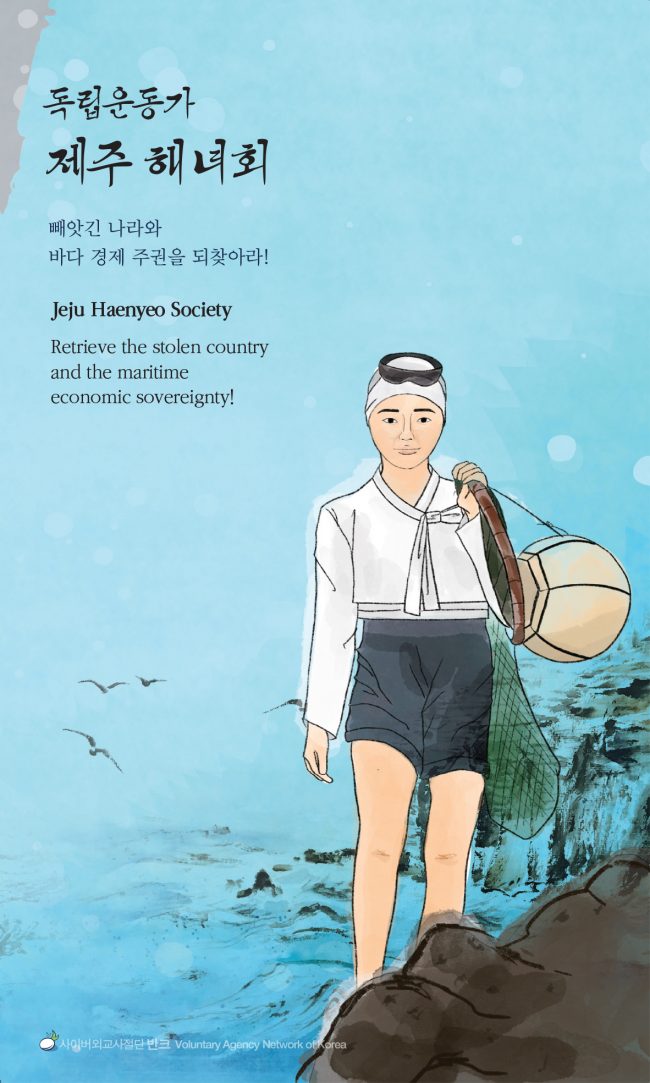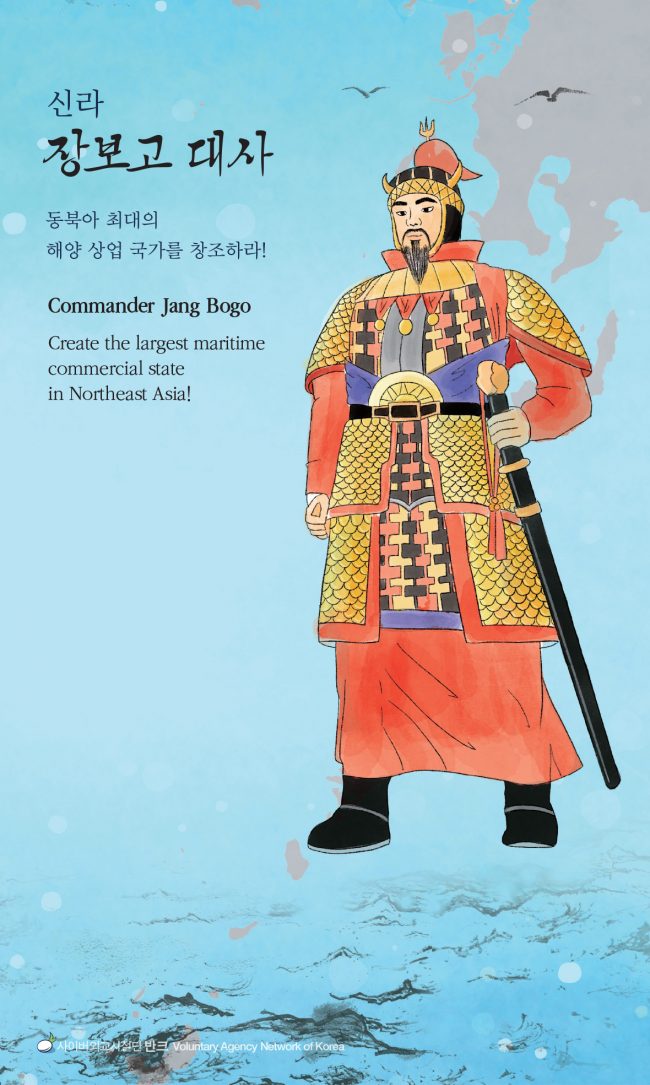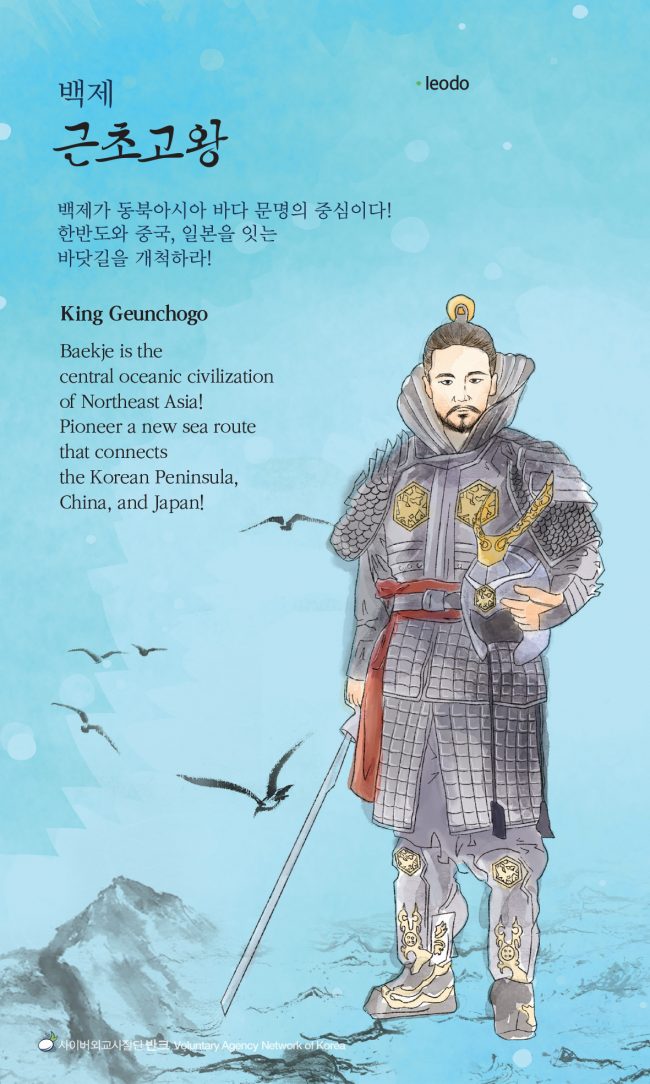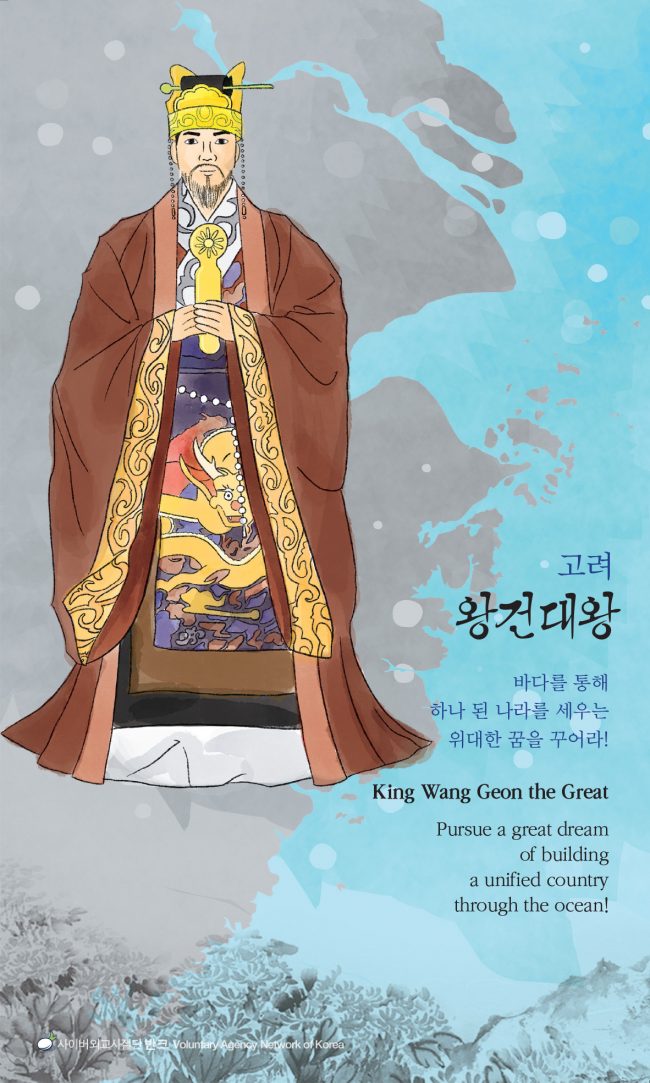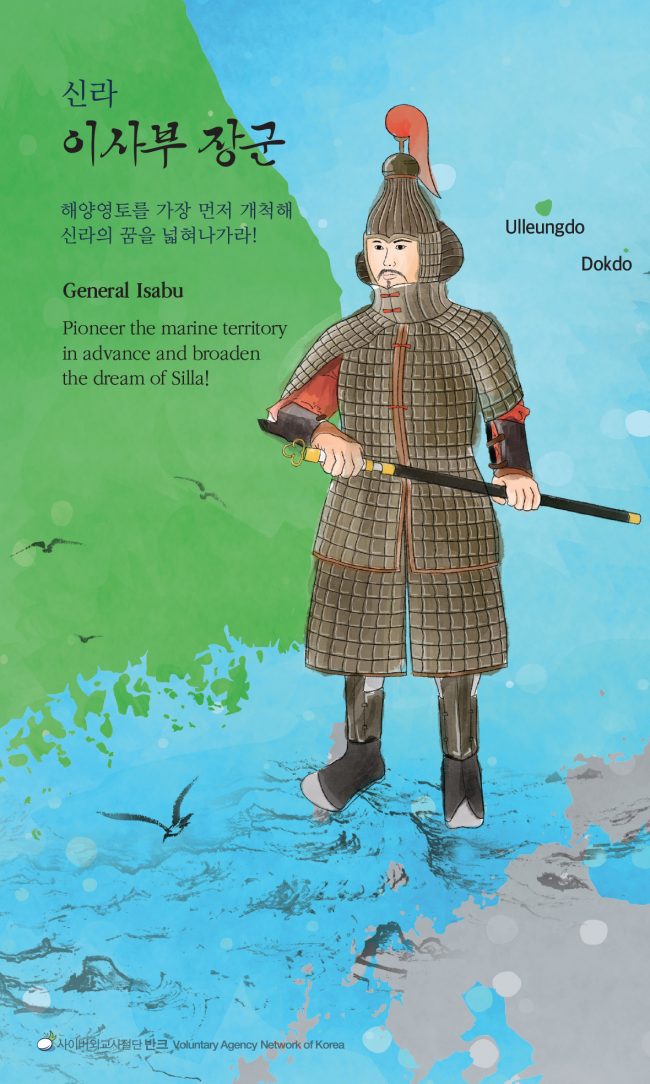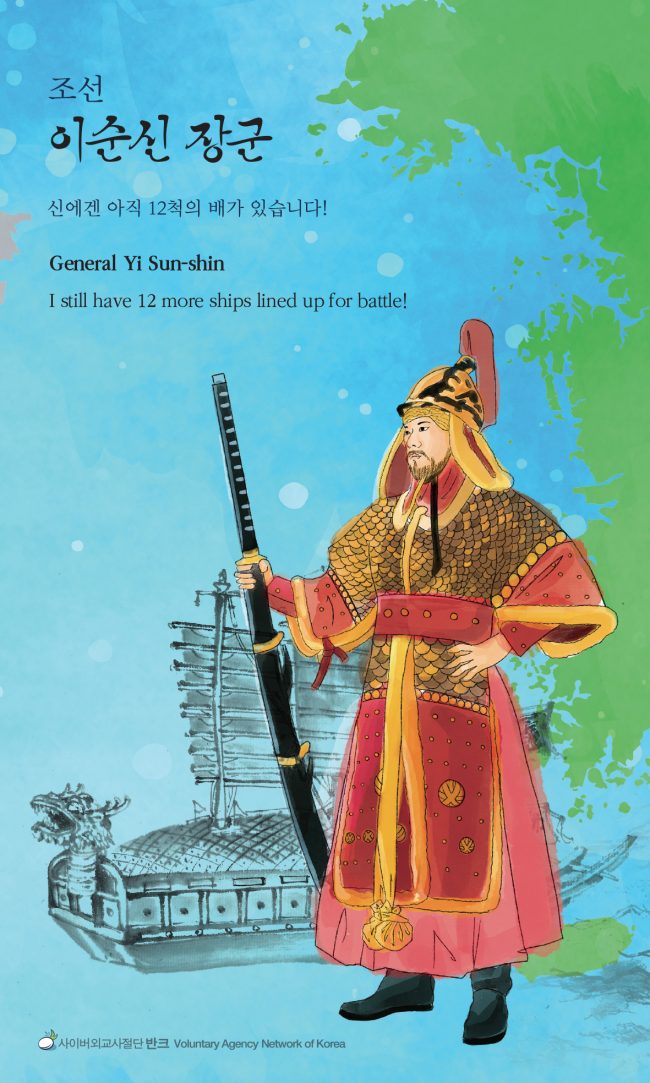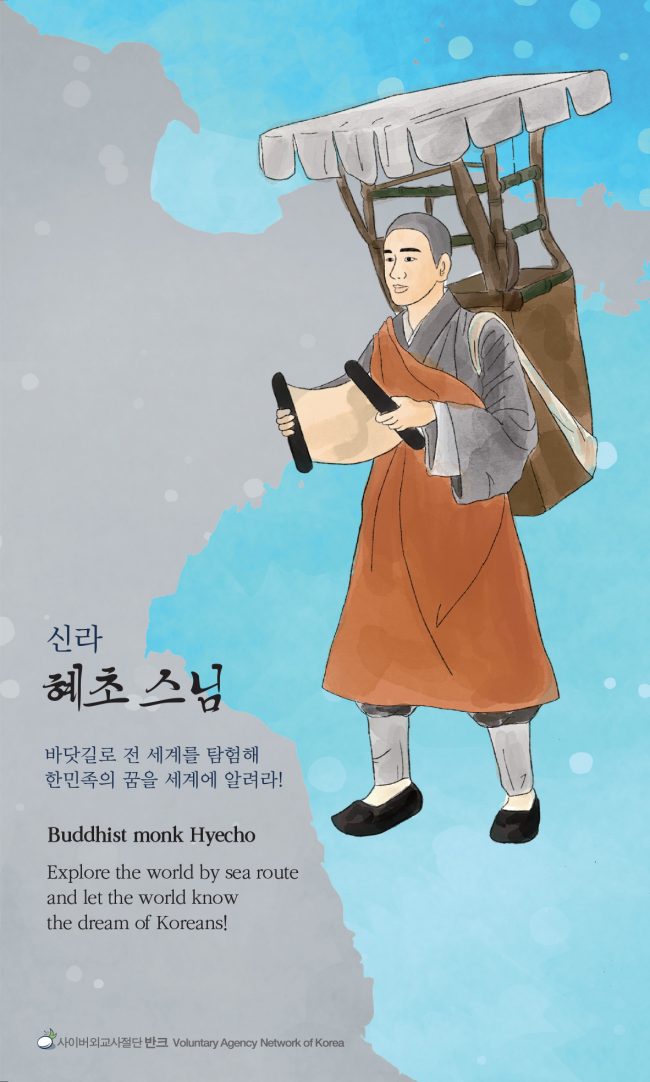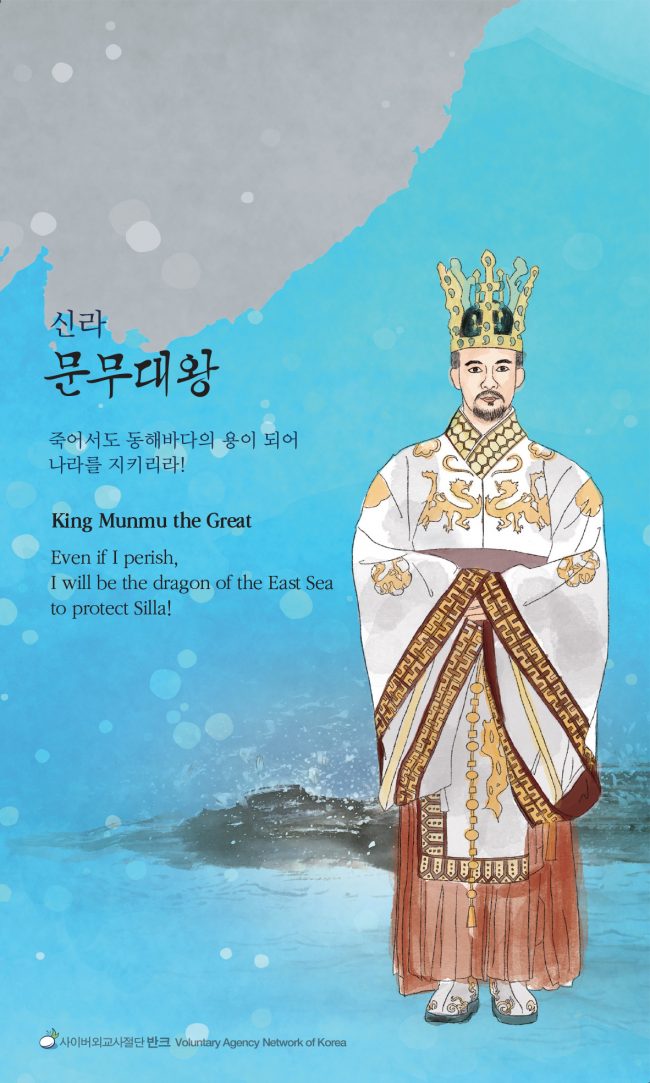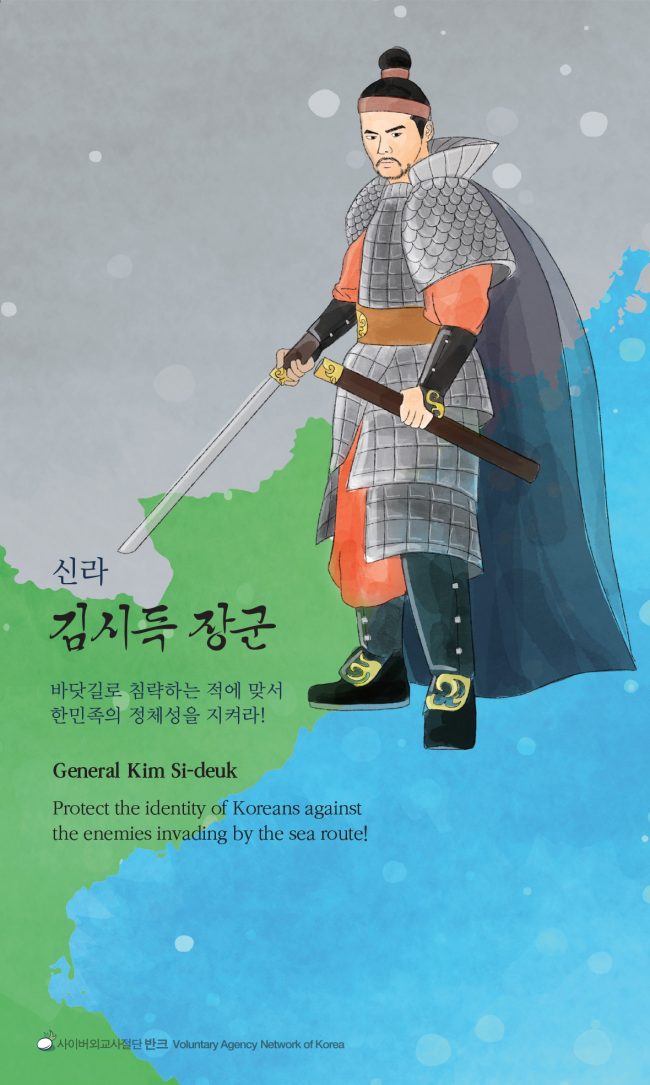Freedom Fighters, Jeju Haenyeo Society
In 2016, the Korean Ministry of Oceans and Fisheries announced 17 ocean heroes, who defended the nation during Korea’s 5,000 years of history. The majority were male, such as kings and well-known generals who defended the country in times of national crisis. A surprise was the inclusion of a women diver group called Jeju Haenyeohoe…
